Acceptance and Commitment Therapy by John P. Forsyth and Jamie R. Forsyth
$439.99 $125.00
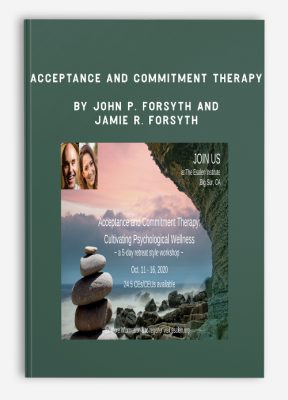
Acceptance and Commitment Therapy by John P. Forsyth & Jamie R. Forsyth
**More information:
Get Acceptance and Commitment Therapy by John P. Forsyth & Jamie R. Forsyth at Salaedu.com
Description
- Cultivate fluid and flexible use of ACT in practice
- ACT techniques for a broad range and severity of mental health disorders
- An interactive workshop including experiential exercises, demonstrations, clinical worksheets and practical tools
- Transformative for you and your clients!
How often do you review your appointment calendar and start wondering how you’re going to, finally, help a regular client who seems to progress for a while – and then regress?
Each time he/she arrives, you use the same tools and techniques you’ve used for so long – and mostly successfully – but this one client is testing your skills. Now, you can begin to integrate Acceptance and Commitment Therapy (ACT) into your practice – and see improved outcomes.
Researched and developed by world-renowned researcher, speaker and author Steven Hayes, PhD, ACT has fast become the treatment approach that gets to the heart of human suffering and what is needed to restore psychological health and wellness.
Join ACT experts, Drs. John & Jamie Forsyth for this workshop where you will develop highly practical, evidence-based skills, case conceptualization techniques, and powerful therapeutic strategies that will help you when working with a broad range of mental health concerns including:
- Anxiety Issues
- Post-Traumatic Stress Disorder
- Mood Disorders
- Substance Abuse
- Anger Management
- Trauma
- Personality Disorders
- And many more!
View this intensive, engaging and transformative workshop and start a new path for healing you can use with your most difficult clients.
ACT Model and Case Conceptualization
- Centering Exercise
- Why It’s Hard Being Human
- Pervasiveness of Human Suffering
- The Light and Dark Side of Language & Cognition
- ACT Case Conceptualization
- ACT Model of Human Suffering
- ACT Model of Psychological Health
- Self-Assessment Exercise: Eyes On
- ACT in a Nutshell Role Play Demonstration
Use Creative Hopelessness to Weaken the Control Agenda
- Why Creative Hopeless in ACT?
- Exploring Workability
- Establishing Creative Hopelessness
- Exercise and Role Play: Tug of War with Anxiety Monster
- Exercise: Metaphors to Weaken Illusion of Control
- Exercise and Role Play: Chinese Finger Trap
- Exercise: Quick Sand and Swamp Metaphors
- Dyad Practice of Creative Hopelessness Exercises
Do Effective Values Work in ACT
- The Nature of Values in ACT
- Distinguishing Values from Goals
- Connecting with Values
- Exercises: Funeral Meditation & Tombstone Exercise
- Values Clarification and Assessment
- The Values Directions & Life Compass Worksheets
- Life Compass Cards
- Barriers to Valued Action
- Exercise: Barriers Clarification Using Barriers Worksheet in Dyads
- Values in ACTion
Cultivate Mindful Acceptance & Defusion
- Opening Up: The Nature of Mindful Acceptance in ACT
- Exercise: Getting in Contact with the Present
- Exercise: Take Your Mind for a Walk
- Exercise: Acceptance of Thoughts & Feelings
- Self as Context vs. the Conceptualized Self
- Defusion: Overview and Purpose
- Mindful Defusion Exercise: Wise Mind
- Mindful Defusion Exercise: Chess Board
- Thoughts on Cards: Demonstration and Role Plays
Nurture Self-Compassion, Willingness, and Value-Guided action
- Self-Compassion and Kindness – Powerful Antidotes to Suffering
- Exercise: Loving Kindness Walking Meditation
- Exercise to Nurture Self-Compassion: Tonglen Practice
- The Nature of Willingness
- Exercise: Trying vs. Doing
- Compassionate Exposure in a Value-Guided Context
- Exercise and Demonstration of Exposure in ACT
- Building Patterns of Committed ACTion
- The Role of Behavioral Activation in ACT
- Distinguishing Good from Poorly Stated Goals
- Setting SMART Value Guided Goals
- What to do When Clients Feel Stuck
More information about Medical:
Medicine is the science and practice of establishing the diagnosis, prognosis, treatment, and prevention of disease.
Medicine encompasses a variety of health care practices evolved to maintain and restore health by the prevention and treatment of illness.
Contemporary medicine applies biomedical sciences, biomedical research, genetics, and medical technology to diagnose, treat, and prevent injury and disease,
typically through pharmaceuticals or surgery, but also through therapies as diverse as psychotherapy, external splints and traction, medical devices, biologics, and ionizing radiation, amongst others.
Medicine has been around for thousands of years, during most of which it was an art (an area of skill and knowledge) frequently having connections to the religious and
philosophical beliefs of local culture. For example, a medicine man would apply herbs and say prayers for healing, or an ancient philosopher and physician would apply bloodletting according to the theories of humorism.
In recent centuries, since the advent of modern science, most medicine has become a combination of art and science (both basic and applied, under the umbrella of medical science).
While stitching technique for sutures is an art learned through practice, the knowledge of what happens at the cellular and molecular level in the tissues being stitched arises through science.
1 review for Acceptance and Commitment Therapy by John P. Forsyth and Jamie R. Forsyth
Add a review Cancel reply
Related products
HEALTH - FITNESS - LIFESTYLE - MEDICAL
HEALTH - FITNESS - LIFESTYLE - MEDICAL
Complete Certified Professional Coach Online Course from Berry Fowler
HEALTH - FITNESS - LIFESTYLE - MEDICAL
HEALTH - FITNESS - LIFESTYLE - MEDICAL
Fast Confidence [How To Be More Confident │Confidence Building] from Sharon Melnick, Ph.D.
HEALTH - FITNESS - LIFESTYLE - MEDICAL
HEALTH - FITNESS - LIFESTYLE - MEDICAL
HEALTH - FITNESS - LIFESTYLE - MEDICAL
HEALTH - FITNESS - LIFESTYLE - MEDICAL

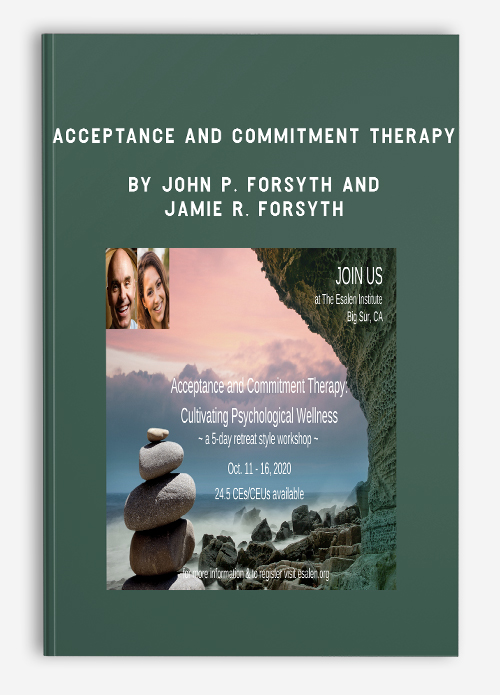
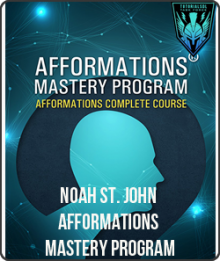

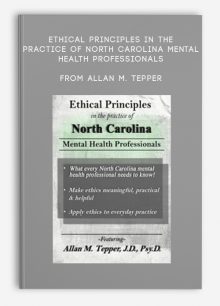
![Fast Confidence [How To Be More Confident │Confidence Building] from Sharon Melnick, Ph.D.](https://tradersoffer.forex/wp-content/uploads/2017/05/Sharon-Melnick-Ph.D.-Fast-Confidence-How-To-Be-More-Confident-│Confidence-Building-220x261.png)
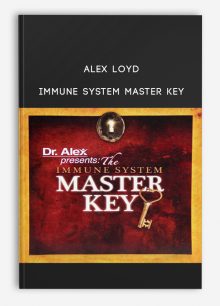

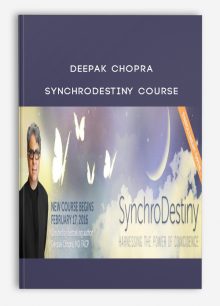
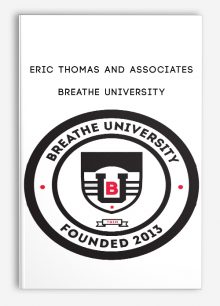
Trevis Trevis –
We create this shop with the mission: Bring the courses to 500 millions of people in the world, to help them awake their power and change their